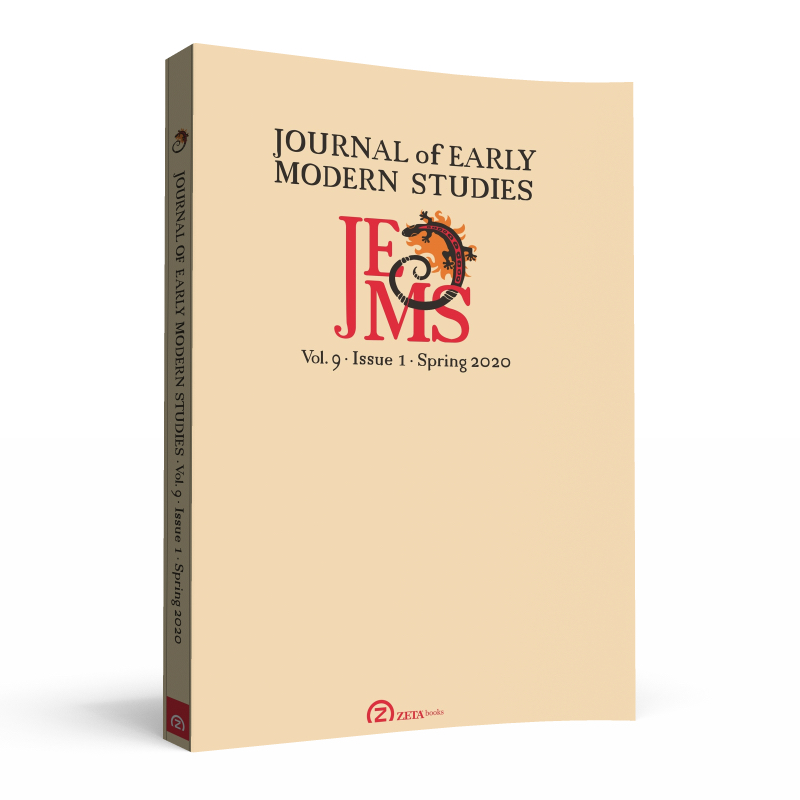The Lex secundum quam disponuntur omnia: Trichotomic Trees in Jan Amos Komenský’s Pansophical Metaphysics and Metaphorics
The Lex secundum quam disponuntur omnia: Trichotomic Trees in Jan Amos Komenský’s Pansophical Metaphysics and Metaphorics
Author(s): Petr PavlasSubject(s): Philosophy, Early Modern Philosophy
Published by: Zeta Books
Keywords: division; metaphorics; metaphysics; early modern philosophy; Lullism; Ramism; Trinitarianism; Lutheran mysticism; theosophy;
Summary/Abstract: The goal of this article is to detail the opposition to “Ramean tree” dichotomic divisions which emerged in the age of swelling Antitrinitarian- ism, especially Socinianism. Scholars such as Bartholomaeus Keckermann, Jan Amos Komenský and Richard Baxter made a point of preferring the trichotomic to the dichotomic division of Petrus Ramus and the Ramist tradition. This paper tracks the origin of Komenský’s “universal triadism” as present in his book metaphorics and in his metaphysics. Komenský’s triadic book metaphorics (the notion of nature, human mind and Scripture as “the triple book of God”) has its source in late sixteenth-century Lutheran mysticism and theosophy, mediated perhaps by Heinrich Khunrath and, above all, by Johann Heinrich Alsted. Komenský’s metaphysics follows the same triadic pattern. What is more, Komenský illustrates both these domains by means of Ramist- like bracketed trees; regarding book metaphorics, clearly his sources are Khun- rath and Alsted. Although inspirations from Lullus, Sabundus and Nicholas of Cusa are most probably involved, the crucial role has to be ascribed to the influence of Lutheran mysticism and Alsted’s “Lullo-Ramism.”
Journal: Journal of Early Modern Studies
- Issue Year: 9/2020
- Issue No: 1
- Page Range: 9-31
- Page Count: 23
- Language: English

